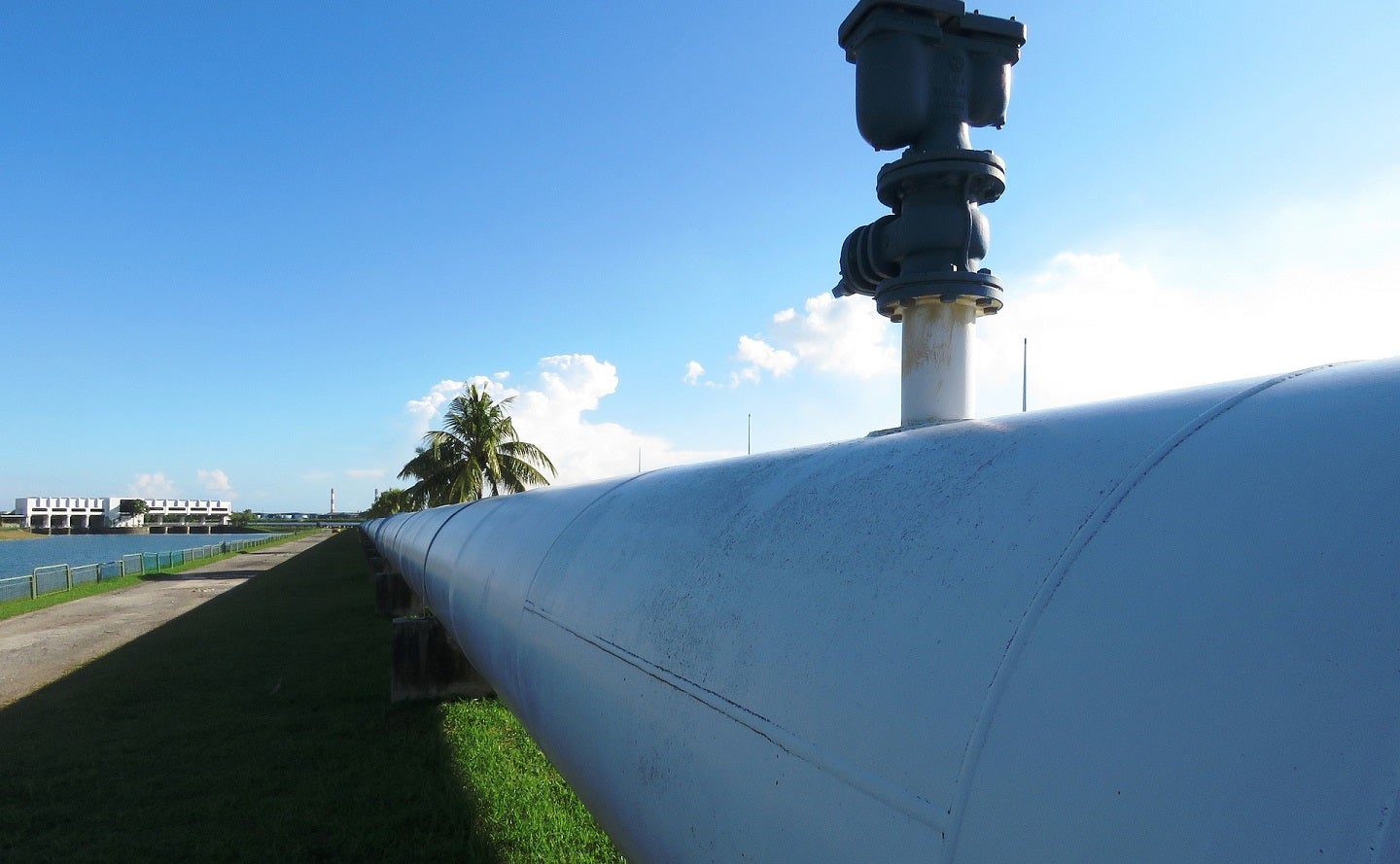
US-based energy pipeline operator Energy Transfer has signed a definitive agreement to acquire Crestwood Equity Partners for around $7.1bn, which includes debt.
Under the deal terms, common unit holders of Crestwood will receive 2.07 Energy Transfer common units for each common unit held in the former.

Discover B2B Marketing That Performs
Combine business intelligence and editorial excellence to reach engaged professionals across 36 leading media platforms.
Due to be closed in the fourth quarter of 2023, the transaction is subject to the approval of Crestwood’s unit holders, regulatory approvals and other customary closing conditions.
Upon completion of the transaction, Crestwood common unit holders are expected to hold around 6.5% of Energy Transfer’s outstanding common units.
Crestwood’s system comprises gathering and processing assets located in the Williston, Delaware and Powder River basins. These include around two billion cubic feet per day (bcfd) of gas-gathering capacity, 1.4bcfd of gas processing capacity and 340 thousand barrels per day of crude-gathering capacity.
Energy Transfer said in a statement: “If consummated, this transaction would extend Energy Transfer’s position in the value chain deeper into the Williston and Delaware basins while also providing entry into the Powder River basin.

US Tariffs are shifting - will you react or anticipate?
Don’t let policy changes catch you off guard. Stay proactive with real-time data and expert analysis.
By GlobalData“These assets are expected to complement Energy Transfer’s downstream fractionation capacity at Mont Belvieu, as well as its hydrocarbon export capabilities from both its Nederland Terminal in Texas and the Marcus Hook Terminal in Philadelphia, Pennsylvania.”
The company also expects the transaction to provide benefits to its NGL & Refined Products and Crude Oil businesses due to the acquisition of “strategically located” storage and terminal assets, including around ten million barrels of storage capacity, as well as trucking and rail terminals.



